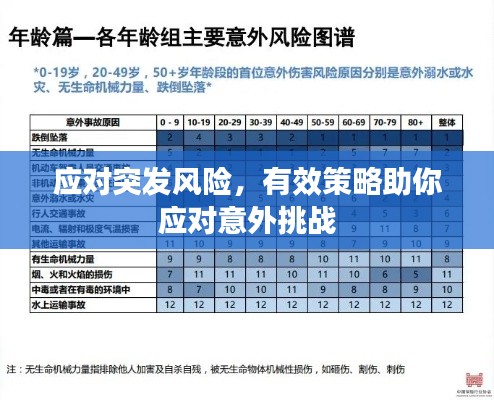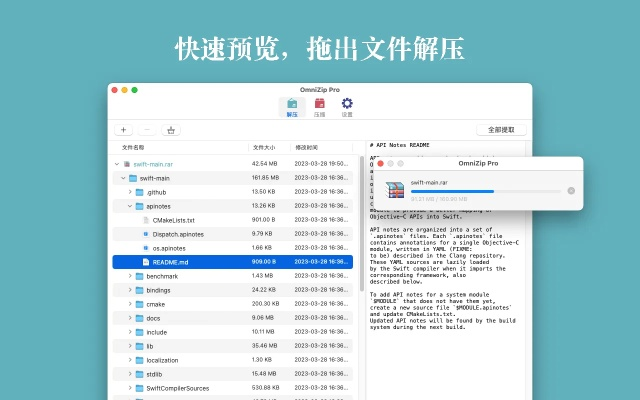In today's fast-paced world, individuals and organizations often face sudden risks that can significantly impact their daily operations and long-term goals. These risks are unpredictable and can range from natural disasters to market fluctuations, technological failures, and more. Understanding how to identify, assess, and mitigate these risks is crucial for success in any field.
What are Sudden Risks?
Sudden risks are events that are unexpected and can cause significant harm to an individual, company, or community. These risks are often unpredictable and can be caused by various factors such as natural disasters, political instability, technological failures, market changes, and more. Sudden risks can also include social, economic, political, and technological factors that can affect decision-making and strategic planning.
Identifying Sudden Risks
Identifying sudden risks is the first step in managing them effectively. It is important to stay vigilant and aware of potential risks that could affect your business or personal goals. Regular risk assessments, using data analytics, market research, and other techniques can help identify potential risks early on. Additionally, building relationships with industry experts, staying updated with news and trends, and being proactive in seeking out information can help identify risks before they become major problems.
Assessing the Impact of Sudden Risks
Once a risk has been identified, it is important to assess its potential impact on your business or personal goals. This assessment should consider the likelihood of the risk happening, the potential impact it could have, and the resources available to mitigate the risk. By prioritizing risks based on their impact and likelihood, organizations can focus their efforts on the most critical risks that need to be addressed.
Strategies for Coping with Sudden Risks
1、Building Resilience: Building resilience is crucial for coping with sudden risks. This includes having contingency plans in place, strong leadership, and a culture of teamwork that encourages employees to work together to solve problems.
2、Mitigation: Mitigation strategies aim to reduce the likelihood of a risk happening or minimize its impact if it does occur. This could include investing in technology to reduce the risk of failure, diversifying your business to reduce the impact of market fluctuations, or implementing safety measures to reduce the risk of accidents.
3、Insurance: Insurance is a crucial tool for mitigating financial risks. By investing in insurance policies that cover natural disasters, property damage, liability, and other risks, organizations can protect themselves from significant financial losses.
4、Collaboration: Collaboration with other organizations and stakeholders can help mitigate sudden risks. By sharing information, resources, and best practices, organizations can work together to address risks more effectively.
5、Continuous Learning: It is important to learn from past experiences and use them to improve risk management strategies. By analyzing past risks and their impact on your organization, you can identify patterns and trends that can help predict future risks and develop better strategies for coping with them.
In conclusion, facing sudden risks is a challenge that individuals and organizations must address in today's fast-paced world. By identifying and assessing risks early on, building resilience, implementing mitigation strategies, investing in insurance, collaborating with stakeholders, and learning from past experiences, organizations can effectively cope with sudden risks and achieve their goals.
转载请注明来自昌宝联护栏,本文标题:《应对突发风险,有效策略助你应对意外挑战》















 冀ICP备19033229号-1
冀ICP备19033229号-1
还没有评论,来说两句吧...